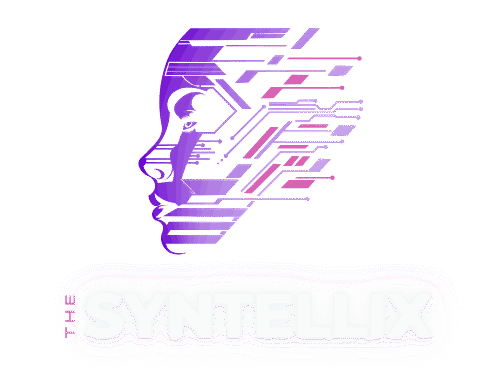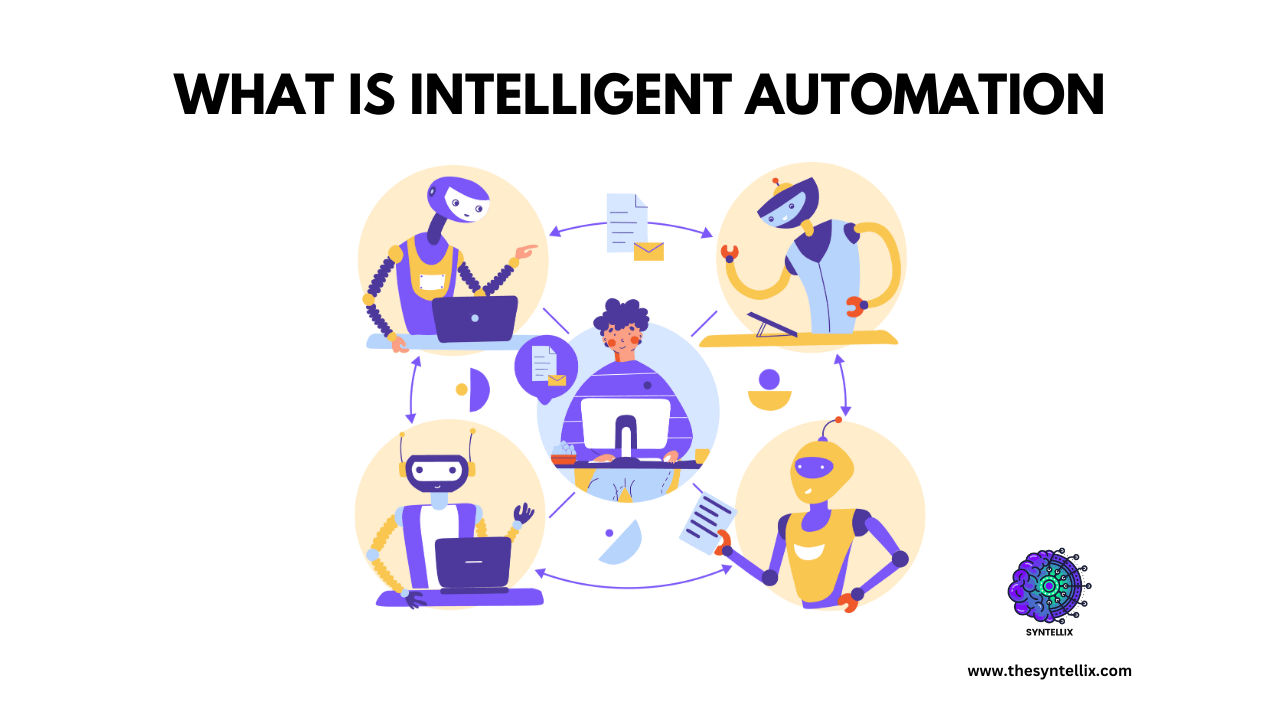If you’re anything like me, you’ve probably spent a good chunk of your career doing tasks that feel, well, a little robotic.
Data entry, moving files, generating reports—the kind of work that’s important but takes you away from the creative, strategic stuff. I’ve been there, and I can tell you that most businesses automate these tasks to some degree. But what I’ve learned is that very few do it intelligently.
Intelligent Automation goes far beyond just simple scripts or workflows. It’s a game-changer that combines the power of AI and automation to make decisions, adapt to changes, and run entire processes with almost no human intervention. My goal with this guide is to take you through my own experience and show you exactly how I’ve seen it done, from the ground up.
What Intelligent Automation Actually Is
Before I dive into the specifics, let’s get on the same page. When I first heard the term “Intelligent Automation” (IA), I thought it was just a fancier way of saying “automation.” But I quickly realized it was much more.
IA brings together advanced automation tools and artificial intelligence to handle tasks that traditionally require a human brain. It’s not about following a simple, rigid set of instructions—it’s about creating systems that can learn, adapt, and make informed decisions based on real-time data.
Think of it like this: A few years ago, I set up a simple script to automatically file my expense receipts. That’s traditional automation—it’s rule-based and works great, but if the file format changes, it breaks. With IA, that system would be able to analyze the new format, understand the context, and adapt on its own. It’s a system that gets smarter over time.
This blend of technologies has allowed my team and me to tackle more complex, “human-like” processes. We’ve gone from just automating repetitive tasks to creating solutions that can analyze data, understand context, and respond to changing conditions. This has helped us operate more efficiently, reduce errors, and, most importantly, free up our team to focus on higher-value, creative work.
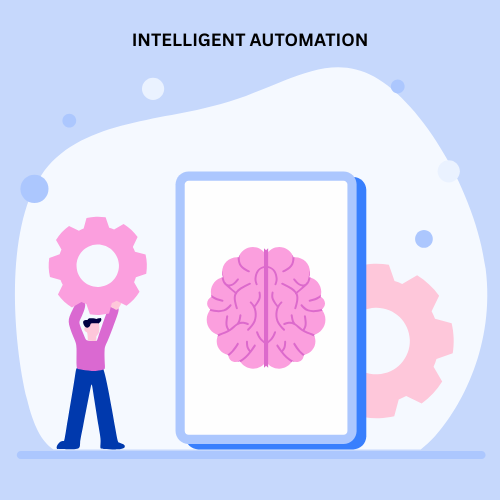
How I’ve Seen It Work
The magic of Intelligent Automation, in my experience, is in the way it blends technologies. At its core, it’s all about the synergy between Robotic Process Automation (RPA) and Artificial Intelligence (AI).
When I first started, I used RPA to handle the most mundane tasks—things like filling out forms or moving files from one folder to another. These are the perfect tasks for RPA bots because they’re repetitive and rule-based. It’s like having a digital employee who never gets tired of doing the same thing over and over.
But the real power came when we added AI. The AI acts as the “brain.” It gives the system the ability to learn, analyze data, and make decisions. For example, we set up a process to handle incoming customer support emails. The RPA bot pulls the email from the inbox, but the AI analyzes the content, understands the sentiment, and categorizes the request. From there, the system can automatically send a personalized response, or even route it to the right person for follow-up—all without human input.
This combination of technologies, often managed by a Business Process Management (BPM) system, creates a seamless workflow. The systems are designed for continuous learning, so as they collect more data, they get better at what they do. I’ve seen our initial IA implementations become more and more efficient over time, allowing us to respond quickly to new challenges without constant supervision.

Traditional Automation Vs Intelligent Automation
I’ve often been asked to explain the difference between traditional automation and intelligent automation. I usually point to a simple table, but it’s the story behind it that really matters. Traditional automation is like a well-trained dog—it’s great at following commands, but you have to give it a command for every single action. Intelligent Automation, on the other hand, is like a trusted colleague who can think for themselves.
|
Feature |
Traditional Automation |
Intelligent Automation |
|---|---|---|
|
Decision-Making |
Based on fixed, predefined rules |
AI-based, adapts to new data |
|
Learning |
No |
Yes, it improves over time |
|
Data Handling |
Structured data only |
Unstructured data (text, images) |
|
Human Input |
Often required for exceptions |
Less frequent, for oversight |
|
Use Cases |
Repetitive tasks, data entry |
Complex decision-making, analysis |
My team saw a 40% reduction in operating costs and a 78% reduction in loan processing time when we shifted from a rules-based system to one with AI-powered decision-making. That’s when I truly understood the power of the “intelligent” part.
Core Components I’ve Used
In my work, I’ve relied on a blend of technologies to build our intelligent systems.
-
Artificial Intelligence (AI) and Machine Learning (ML): These are the core. AI gives the systems the ability to “think” and make decisions, while ML is what allows them to learn from past experiences. It’s what makes a system able to recognize a new document type or predict a customer’s needs.
-
Robotic Process Automation (RPA): This is the hands-on component. RPA bots handle all the repetitive, rule-based tasks with incredible speed and accuracy. It’s where a lot of the initial, measurable value comes from.
-
Business Process Management (BPM): I think of BPM as the conductor of the orchestra. It helps organize and manage how all the different automated tasks work together, making sure everything is part of a clear, well-managed process.
-
Optical Character Recognition (OCR) and Natural Language Processing (NLP): These are the “eyes” and “ears” of the system. OCR allows my bots to read text from images and scanned documents. NLP helps them understand the human language in emails, chat messages, and documents. Without these, we’d never be able to handle the unstructured data that makes up so much of our daily work.
Combining these technologies has allowed my team to not just make work faster, but to make it smarter and more accurate.

A Real-World Example I’ve Admired: The Coca-Cola Story
While my experience has been in a different industry, a case study that always stood out to me is Coca-Cola’s use of Intelligent Automation. I’ve always admired how they’ve leveraged it to improve everything from their supply chain to their customer service.
They use AI to analyze sales data, weather patterns, and even social media trends to accurately predict how much product they need in different regions. This helps them reduce waste and ensure shelves are never empty. On the other end, RPA bots handle the routine tasks like updating inventory and placing orders. And their customer service is supported by AI chatbots that can handle customer queries in multiple languages, providing instant responses and even personalized product suggestions. It’s a powerful example of how a global company uses these tools to stay competitive.
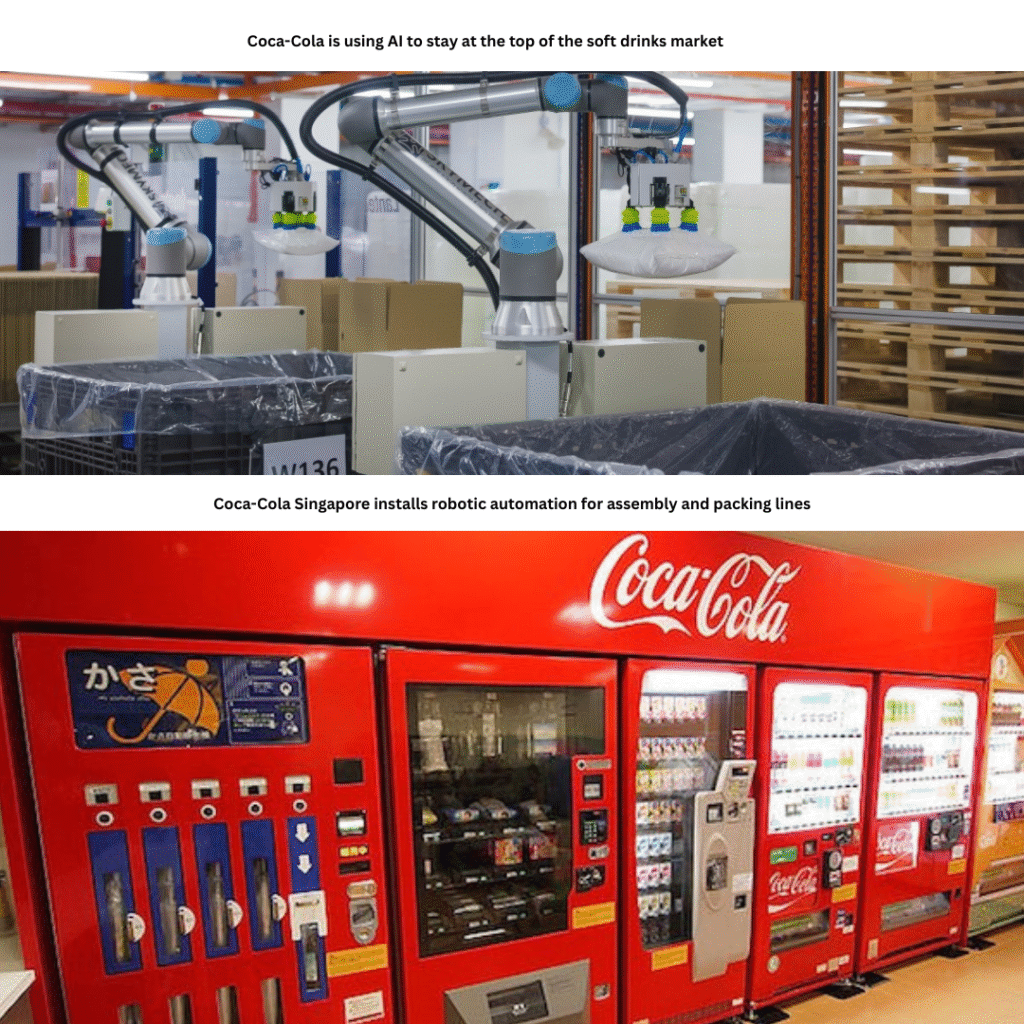
Getting Started with Intelligent Automation
If you’re feeling inspired and want to get started, here’s what I’ve learned from my own journey.
1. Assess Your Readiness: My first step was to look at my own organization. I sat down with my team and we identified the most time-consuming, repetitive, and error-prone processes. Don’t just pick a task to automate; look for an outcome to improve. I also had to make sure my team was on board and that our existing systems could support the new tools. This assessment helped us avoid a lot of costly mistakes down the road.
2. Start Small and Prove Value: This is perhaps the most important lesson I learned. We didn’t try to automate our entire company at once. We picked a few key tasks—like processing invoices or handling a specific type of customer inquiry—and automated them. We then measured the results. I was able to show a significant reduction in processing time and errors, which helped me secure buy-in for bigger projects.
3. Choose the Right Tools: The market is full of great automation tools, but not all of them are a good fit for every business. We spent time researching different software and talking to technology partners to find the ones that aligned with our specific goals. I focused on tools that were scalable and could grow with us.
4. Focus on Change Management: Automation changes how people work, and I’ve seen some resistance. My approach was to be transparent and communicate clearly. I involved my team early in the process, provided training, and made sure they understood how automation would free them up from manual work, not replace them. We framed it as a way to create a smarter, more engaging work environment, and it made a huge difference.
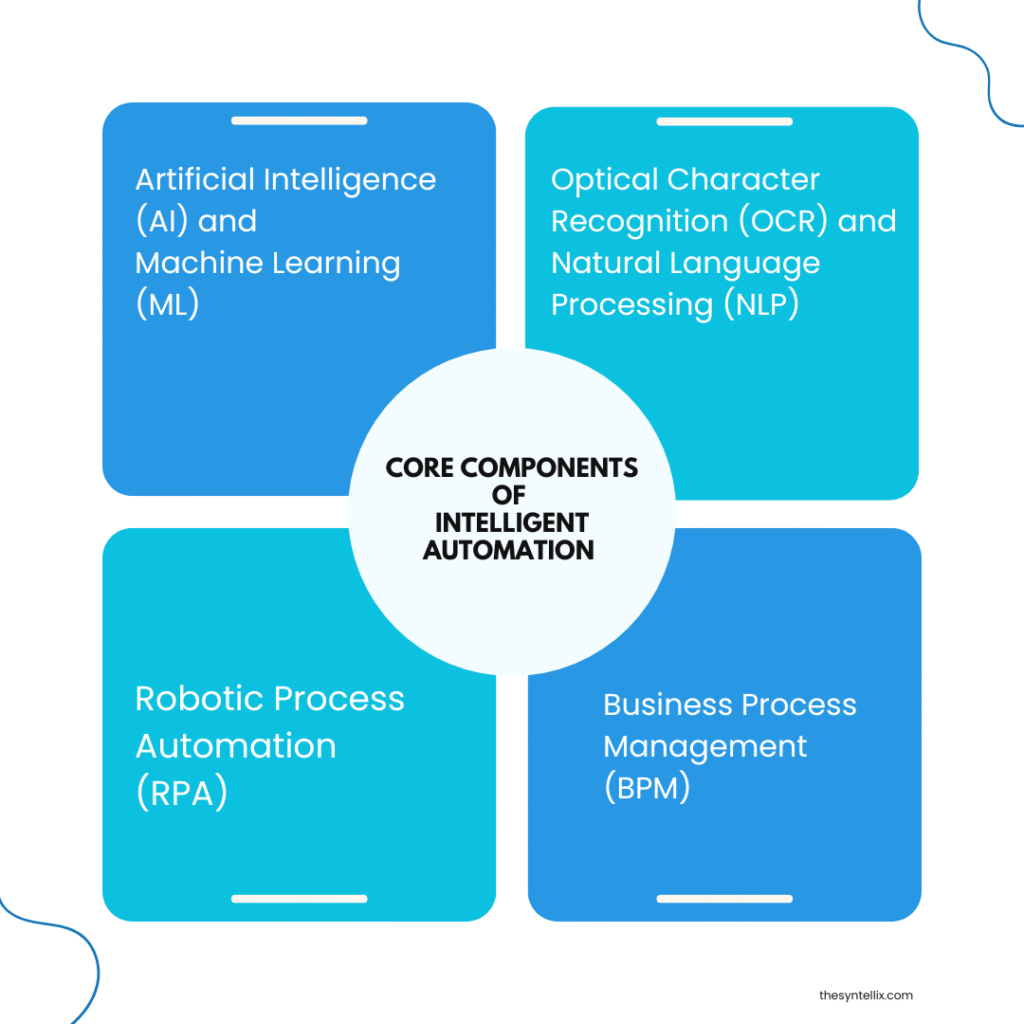
The Challenges I Faced (and How I Overcame Them)
My journey wasn’t without its challenges. I want to share a few of them with you.
-
Implementation Barriers: Integrating new automation tools with our older, legacy systems was a big hurdle. The solution for us was to work with experienced partners who had dealt with similar integrations before. We also started with projects that had minimal dependencies on legacy systems, which helped us build confidence and show quick results.
-
Data Privacy and Security: When you’re handling large amounts of sensitive data, security is paramount. I had to ensure that every tool we used followed strong security standards. We put in place robust data governance policies and made sure we were compliant with all relevant data protection laws.
-
Workforce Adaptation: As I mentioned, some of my team members were initially worried about job security. My best solution was to proactively talk about it. We offered upskilling and training programs and re-assigned team members to more strategic, analytical roles that directly benefited from the automation. My team members are now doing more interesting and rewarding work, and they feel a sense of ownership over the new systems.
My Final Thoughts
For me, Intelligent Automation has been more than just a buzzword; it’s been a powerful tool for transformation. It’s helped my business work faster, reduce mistakes, and offer a better service. I’ve seen it unlock a new level of efficiency and give us a powerful competitive edge.
If you’re looking to take your business to the next level, I truly believe now is the time to explore intelligent automation. Start by understanding your needs, pick the right solutions, and, most importantly, prepare your team for the future. The journey can be challenging, but the results are absolutely worth it.
Want to Learn More?
I’m always happy to chat about the future of work and the power of intelligent automation. Drop your questions below—I’d love to hear about your experience!
People Also Ask (FAQ)
What is meant by intelligent automation?
Intelligent automation is the use of smart technologies like artificial intelligence (AI) combined with automation tools to perform tasks that usually require human thinking. It goes beyond simple automation by not only following fixed rules but also learning, making decisions, and improving over time. This helps businesses to work faster and smarter while reducing errors.
What is the difference between AI and intelligent automation?
Artificial Intelligence (AI) is a technology that allows machines to learn, understand, and make decisions like humans. Intelligent automation, on the other hand, combines AI with automated systems to carry out complex tasks automatically. Simply put, AI is the “brain,” and intelligent automation is the “system” that uses that brain to do work without constant human help.
What are intelligent automation tools?
Intelligent automation tools are software and platforms that help the companies to automate their work using AI and other smart technologies. These tools can include robotic process automation (RPA) software, AI-powered chatbots, data analysis programs, and natural language processing systems. They help automate repetitive jobs, analyze data, and improve decision-making.
What are some intelligent automation books?
If you want to learn about intelligent automation, some helpful books include:
- “Intelligent Automation: Welcome to the World of Hyperautomation” by Pascal Bornet
- “Robotic Process Automation and Cognitive Automation: The Next Phase” by Mary C. Lacity and Leslie P. Willcocks
- “Artificial Intelligence for Business: A Roadmap for Getting Started with AI” by Doug Rose
These books explain how intelligent automation works and how businesses can use it effectively.
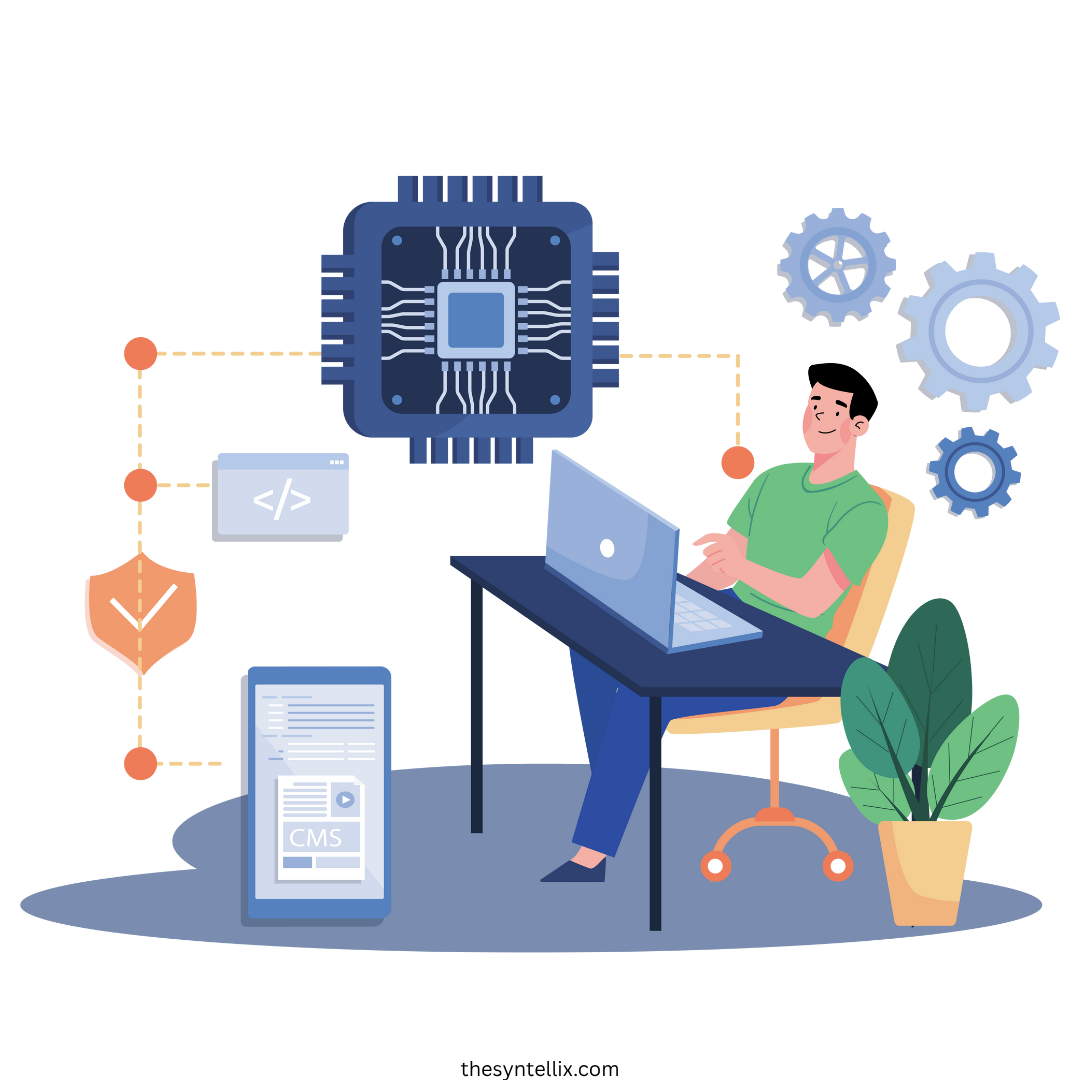
Stay ahead of the curve with the latest insights, tips, and trends in AI, technology, and innovation.
